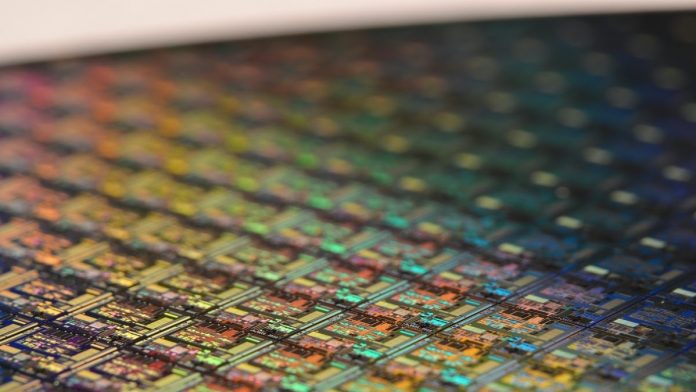Silicon transistors, the basic unit of the silicon processors, can not be shrunk further without avoiding quantum-mechanical effects. Consequently, current silicon-based processors have hit their performance limits. And this has led the quest for new architectures that can replace silicon chips with optical chips.
The researchers’ team, led by Prof. Wolfram Pernice from the Institute of Physics and the Center for Soft Nanoscience at the University of Münster, developed an optical chip. These chips process data with a speed of 50 to 100 GHz and in parallel than the new-age graphics cards or specialized hardware like Google’s TPU, which usually work in the low GHz range.
These photonic chips have achieved the breakneck speed, thanks to a combination of vital structural components:
- Frequency combs – Provides various optical wavelengths that are processed independently of one another in the same photonic chip.
- Phase-change materials (PCMs) – Energy-efficient storage elements used in optical data storage like DVDs. These stores and preserve the matrix elements without the need for an energy supply in the new processor.
The chip-based frequency combs are combined with phase-change materials (PCMs) to carry out matrix multiplications on multiple data sets parallel by wavelength multiplexing, calculating all wavelengths simultaneously without extra energy supply. This combination permits data rates and computing densities, i.e., operations per area of processor, never previously attained in an energy-efficient manner.
To test the optical chip, the researchers tried a convolutional neural network to recognise handwritten numbers where the convolutional operation between input data and one or more filters can be transferred very well to the matrix architecture. As a result, the whole training and inference cycle consisting of many matrix multiplications completes in just one timestep.
Optical chips promise various applications that require faster computation over large data volume in an energy-constrained environment. For example, huge amounts of data can be processed simultaneously while saving energy at a much faster rate than previously possible.
Deeper neural networks that allow more accurate forecasts and more precise data analysis are now possible because of the exponential speed-up in matrix operations. These optical chips can also power the evaluation of large quantities of medical data, such as high-resolution 3D imaging data — that can provide faster diagnosis.
Even self-driving vehicles, which depend on a fast and rapid evaluation of sensor data, can use these optical chips for speedier inference. IT infrastructures such as cloud computing that provide storage space, computing power, or applications software can enhance their throughput and increase their profitability.


